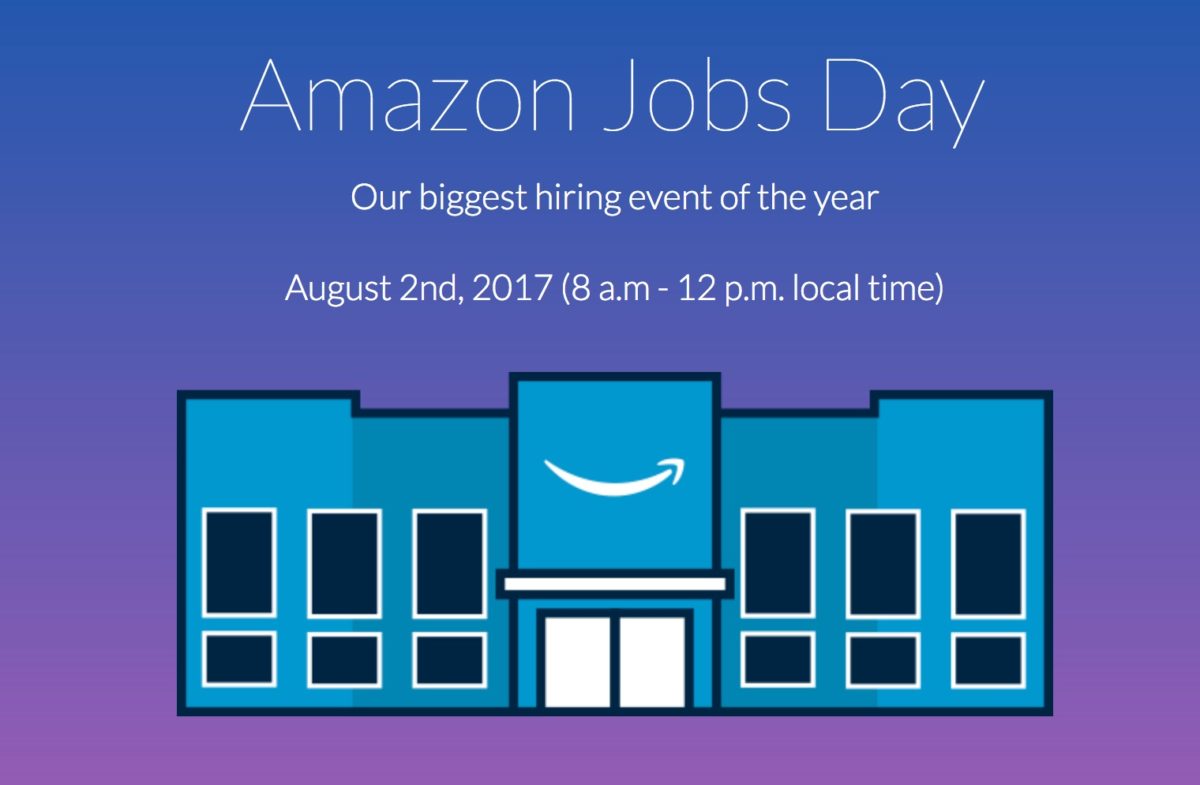Olin Expert on Amazon’s 50,000 new hires
- August 2, 2017
- By Melody Walker
- 2 minute read

Amazon calls it “our biggest hiring event of the year.” Olin professor Panos Kouvelis calls it retailers’ worst nightmare.
It is Amazon Jobs Day when the e-commerce giant says it will hire 50,000 people for positions at 12 of its fulfillment centers on August 2. Job candidates will be given tours of the centers to “watch our jobs in action, and see the magic behind the Amazon smile,” according the company’s website.

Kouvelis, Director of The Boeing Center for Supply Chain Innovation and Emerson Distinguished Professor of Operations and Manufacturing Management at Olin Business School predicts Amazon’s hiring spree could have reverberations all the way to customers’ front doors.
What effect will adding 50,000 new workers in one day have on Amazon’s supply chain and distribution system?
For Amazon, the focus is on the customer, and “speed” of service is everything. Speed at the level Amazon imagines it (two days, next day, in two hours), heavily depends on fulfillment center capacities. With more employees, their system should have the potential to become more responsive, in other words, shortening the time between when a customer clicks on an order to delivery. This is the logistical capability other companies find difficult to match, and it will get even harder for them to respond as Amazon scales up its operations. Amazon is a nightmare of a competitor for many retailers, and with these 50,000 new hires in one day, it just got worse for them.
Will many of these fulfillment center jobs be replaced by robots and drones in the near future?
I have visited a massive Amazon fulfillment center outside Seattle. It is reasonably automated, but there is still a need for workers. For now, human labor is the “flexibility” element for Amazon. People are needed to handle the more complex operations such as final packaging. At fulfillment centers that function on a smaller scale and exist to provide proximity to certain markets, automation is inflexible and costly. In those cases, human labor might be more flexible to adjust to demand conditions and more cost effective.
Amazon continues to invest in automation (robotics, three D printing, drones etc.), and has already replaced quite a lot of labor. Over time, Amazon will definitely move to higher degrees of automation.
Could Amazon turn abandoned shopping malls into distribution centers?
Distribution centers need a lot of space at low cost. If the empty shopping malls come at very low rental rates, why not? Shopping malls near town centers might be expensive for storing a lot of inventory, but you could have temporary shipment consolidation or pickup locations close to cities in areas that used to be thriving shopping malls before the boom in online shopping drove bricks and mortar retailers out of business.
Media inquiries
For assistance with media inquiries and to find faculty experts, please contact Washington University Marketing & Communications.
Monday–Friday, 8:30 to 5 p.m.
Sara Savat
Senior News Director, Business and Social Sciences
